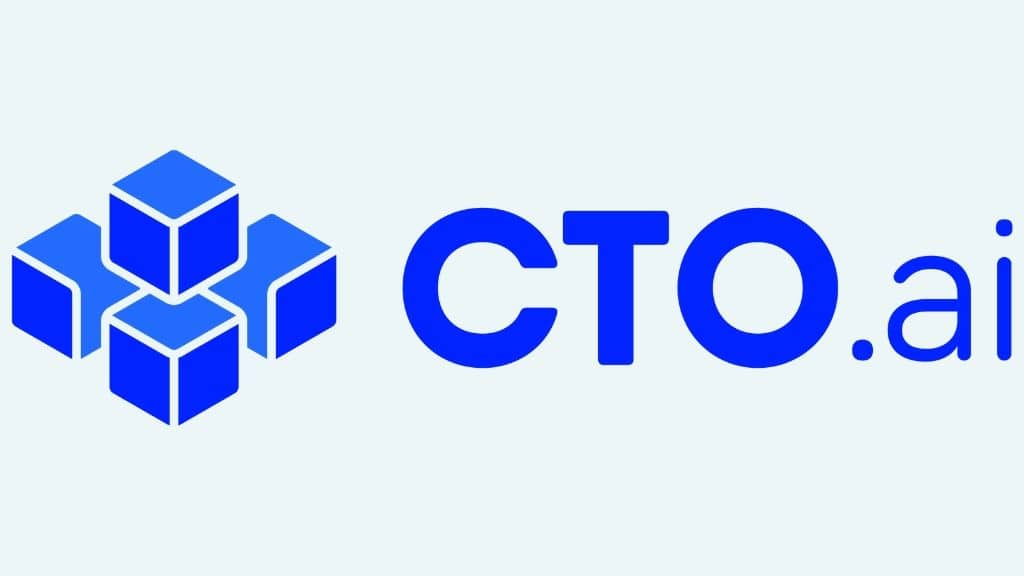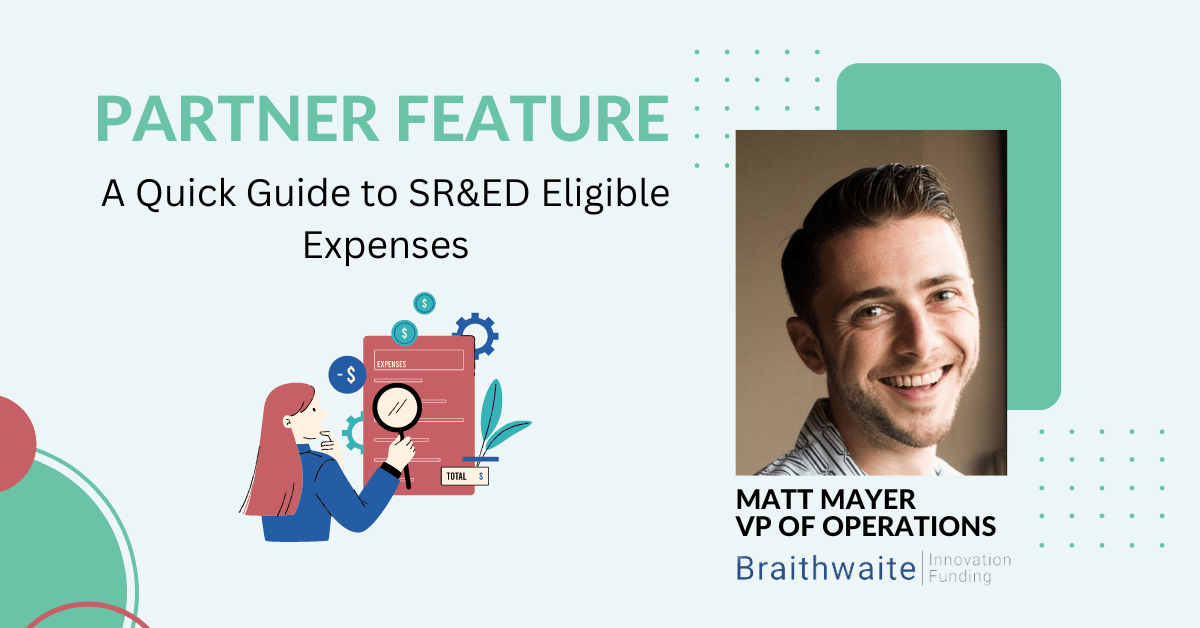When you realize that 300 billion dollars are lost in developer productivity every year, you have to find a solution. That’s what Kyle Campbell set out to accomplish when he started CTO.ai, an intelligent developer operations solution startup based in Vancouver that helps companies measure and optimize the impact of their product innovation cycles.
After being offered CTO positions by several startups, Kyle saw an opportunity to help companies with software development productivity and cost. And so, Kyle founded CTO.ai in stealth mode in November 2016 with a $10,000 personal investment. Two days later, his son was born.
Finding product-market fit
CTO.ai started with a thesis that tooling and intelligence combined with developer experience and metrics derived from developers’ work are extremely valuable in helping address developer productivity loss. Accordingly, Kyle’s team started thinking about the DevOps products that they can build and launch. This method was sure to yield results as the company grew organically to reach an 8-figure revenue in 18 months. A success that exceeded Kyle’s own expectations.
Having a clear financial plan
Prior to founding CTO.ai, Kyle had founded and sold a company and he learned that it is harder for a startup to raise venture capital without having a proven track record. And so, Kyle’s plan was to bootstrap CTO.ai taking on only a small investment until it has found product-market fit. After building products that developers really needed, it was time to scale.
Growing without dilution with SR&ED Financing
As the company grew to 60 employees, expenses grew with it and Kyle was eager to find alternative ways to fund his startup. Having invested in developing several products including The Ops Platform, CTO.ai’s R&D was a gold mine in more than one way. That’s when Kyle turned to Venbridge for SR&ED Financing. The non-dilutive nature of venture debt meant that Kyle would retain ownership of his company and the simple process enabled him to focus on building it. “Partnering with Venbridge made sense and acted as a strong insulator to our finances but also provided us with the time we needed to align ourselves with a venture capital strategy,” he says.
Instead of using the SR&ED Financing facility to reinvest in R&D, CTO.ai used the loan to help manage cash flow by insulating the company’s accounts receivable. “Being able to look at our bank account and say ‘Hey, if everything goes wrong all at once, you have the ability to have some insulation provides you with a huge amount of mental bandwidth to prevent those potential problems,” said Kyle. Cost-effective capital protected CTO.ai from running into a zero-cash date “venture debt gives you 3, 6, 8 more months to figure out new ways or to accelerate the way you know is working,” Kyle says. However, peace of mind wasn’t the only benefit of SR&ED financing for CTO.ai, it was key to pushing equity raises. A fact that proved to be a game-changer for the company.
From taking on venture capital to taking on the world
In the fall of 2019, CTO.ai announced 7.5M USD (10M CAD) Seed Round, over 30% higher than the average seed round in 2019. Going forward, the raised capital will help the company reach its next goals and continue to scale towards enabling $100B of developer productivity by 2030.
CTO.ai’s secret sauce is capital planning, “The better you are at capital planning, the more options you have,” Kyle says. As the company continues to grow, venture debt is likely to continue playing a role in CTO.ai’s success as Kyle shares that the company will continue to explore its capital options in the future as it continues to automate the work of DevOps engineers.




